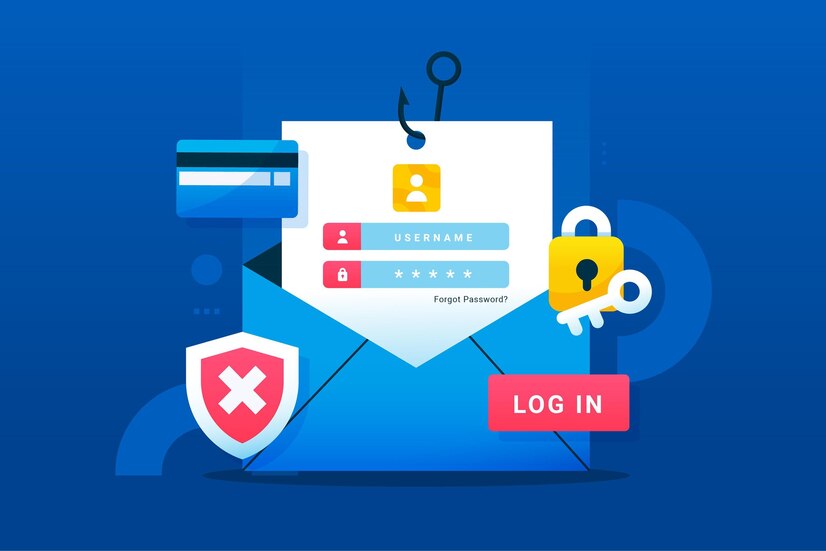Don't Miss These 5 Red Flags of an Email Breach
Cybersecurity
Email is a vital tool for communication, but hackers also use it as a medium to steal private data. The number of global e-mail users is set to grow to 4.73 billion in 2026. Cybercriminals want to breach email accounts for a variety of reasons. If hackers get access to your email, they may access your banking information, perform fraudulent transactions, or make unlawful purchases.
How can hackers hack or compromise email addresses?
As per the Verizon data breach report from 2023, compromised credentials were the primary cause of 23% of breaches.
Hackers can hijack email accounts in the following ways:
- Hackers obtain email addresses and passwords from compromised databases through data breaches.
- Phishing attacks involve social engineering attacks, fraudulent emails, or messages that fool you into disclosing your login information or clicking on harmful links.
- Malware, such as keyloggers or spyware, uses hacked software or infected files to get login credentials.
- Hackers can also access email accounts using weak or repeated passwords.
What are the warning signs or red flags of an email breach?
1. Unusual Activity:
Have you seen odd emails that you didn’t send showing up in your sent folder? Or perhaps you’re getting bounce-back emails that you never sent? These are warning signs that someone has hacked into your account. It’s common for hackers to send phishing or spam emails to your contacts via account hijacking, so be aware of any strange behavior.
2. Password changes:
If you find yourself unexpectedly locked out of your email account due to a forgotten password, it could be a sign that someone has signed in and changed it. Hackers frequently alter passwords in order to keep control of a hacked account and keep the original owner from being able to access it. If the standard procedures don’t work for you to reset your password, then it’s time to act.
3. Suspicious Login Attempts:
A lot of email service providers include tools that let you check your account’s recent login history. Use this tool to keep an eye out for any suspicious login attempts coming from unknown devices or places. It’s critical to safeguard your account right away by changing your password. Take precautionary measures by activating multi-factor authentication to detect and curb any illegal access attempts.
4. Missing Contacts or Emails:
Have you realized that contacts or emails that are crucial to you have vanished from your account without explanation? This shows that your data is being tampered with by someone who has illegal access to your account. In order to hide their trials or impede your communication, hackers may remove contacts or emails. Check your account’s trash or recovery options if you think there may have been foul play.
5. Unusual Account Configurations:
Look for any modifications to your account settings that you did not make yourself. Hackers may change configurations, like auto-reply messages or forwarding rules, to reroute emails or fool recipients into disclosing private information. To make sure your account is safe, periodically check your account settings and undo any illegal changes.
Is your data safe right now?
The average time it takes security professionals to find and stop a data breach is 277 days. And it does not include your recovery period. The secret to protecting your organization’s data and preserving the confidence of your stakeholders and customers is proactive prevention. We at Fourth Dimension Technologies are offering a free cybersecurity assessment with the goal of making the digital world a safer place. Contact us here.
Resources:
https://www.statista.com/statistics/255080/number-of-e-mail-users-worldwide/
